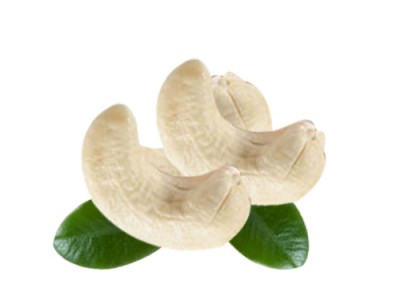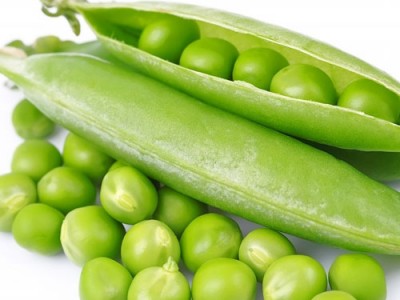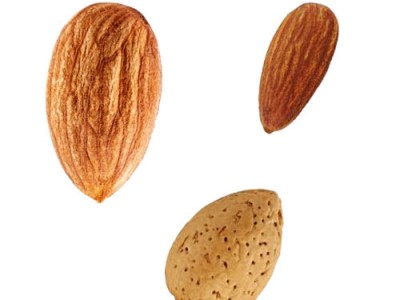
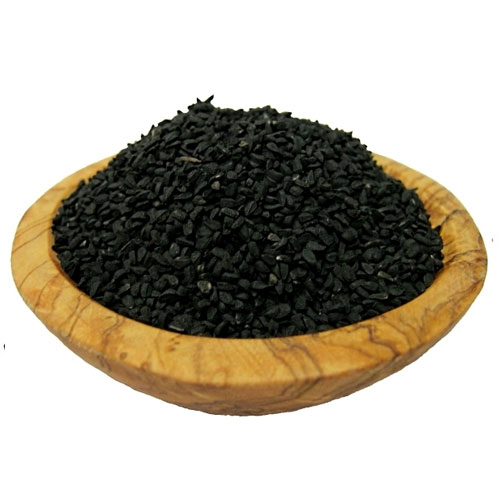
Black caraway Properties And Its Uses
Black caraway
Plants and trees occupy maximum portions of earth and live a king’s life till it departs from this earth. A reviving plant named Selaginella lepidophylla also known as “Erica’s rose” is a wonderful desert plant which live wonderfully for several days with almost no water. During dry seasons the plants turn into shape of a ball by tucking in its branches and leaves. It revives again during the time of rainfall. There is a cactus plant named ‘euphorbia obese’ which looks like a baseball. This topic will deal with a plant named black caraway which is an annual flowering plant in the family Ranunculaceae. The botanical name of this plant is [symple_highlight color=”blue”]Nigella sativa[/symple_highlight].
This plant grows up to 30 cm with finely divided linear leaves. The colours of the flowers are pale blue and white with five to ten petals. It is also called as black cumin, nigella or kalonji, nutmeg-flower, Roman coriander and nigella. This plant is native to south and southwest Asia. The black caraway fruit is a large and inflated capsule composed of three to seven united follicles, each containing numerous seeds which are used as spice, sometimes as a replacement for black cumin. The black caraway seeds flavour curries, vegetables and pulses.
Uses Of Black caraway
- It can be used as a pepper in food items such as salads and meaty items.
- The seeds are also used to flavour bread products.
- Black caraway is also used in braided string cheese called majdouleh or majdouli in the Middle East.
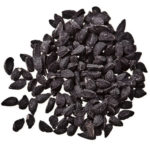
Properties
Archaeological evidence suggests that these seeds have been found in several sites from ancient Egypt including Tutankhamun’s tomb. Although the exact origin is still not clear, it was used lavishly in Egyptian culture. The biblical dictionary also states about this plant. The seeds were once used as a traditional condiment of the Old World during classical times and its black seeds were used to flavour food. Seeds were found in a Hittite flask in Turkey from the second millennium BCE. The oil extract thymoquinone has got medicinal properties and ability to fight against cancer causing diseases. The researchers are underway and the results of it will be declared soon.

